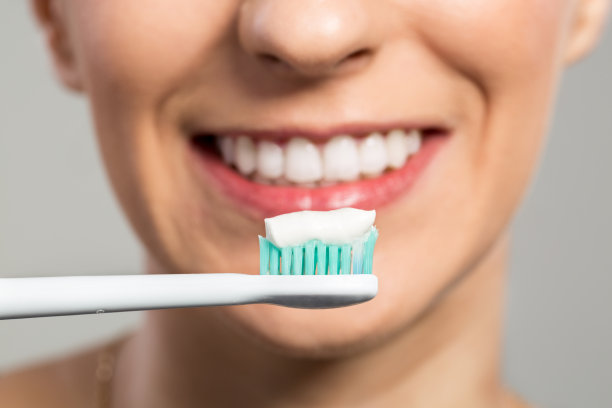The Essential Guide to When and How to Extract a Tooth Effectively for Optimal Oral Health
Summary: Extracting a tooth is a significant dental procedure that can greatly affect oral health. This guide provides essential insights into when and how to extract a tooth effectively. We explore the necessary conditions for extraction, the preparation steps required, the surgical procedure itself, and the vital aftercare needed for optimal recovery. By understanding these four critical elements, individuals can ensure a more successful tooth extraction, alleviating pain and preventing further complications. Whether it’s due to decay, overcrowding, or other dental issues, proper guidance can lead to improved overall oral health and a smoother healing process.
1. Understanding When Extraction Is Necessary

Tooth extraction might be required in various situations, making it crucial to recognize when it’s appropriate. One of the most common reasons is severe tooth decay, where the damage becomes irreversible, leading to infection and pain. Delaying extraction in these cases can worsen the condition, causing more severe health issues.
Another significant reason for extraction is overcrowding. When there is insufficient space in the mouth, certain teeth may need to be removed to facilitate orthodontic treatment. This improves alignment and promotes better oral hygiene, ultimately leading to a healthier smile.
Lastly, impacted teeth, particularly wisdom teeth, often necessitate extraction. When there isnt enough space for these teeth to emerge properly, they can become trapped, leading to pain and potential infection. Removing impacted teeth can prevent these complications before they develop further.
2. Preparing for Tooth Extraction
Proper preparation is vital for a successful tooth extraction. Before the procedure, a thorough dental examination, including X-rays, is typically conducted to assess the tooths condition and surrounding structures. This helps dental professionals determine the best approach for extraction and anticipate any challenges.
Furthermore, patients should provide their dentist with a complete medical history, including any medications or supplements they are taking. This information is crucial for preventing potential complications during the procedure. Your dentist may instruct you to avoid certain medications, especially blood thinners, which could increase bleeding during extraction.
Lastly, it’s essential to plan your post-extraction recovery. Arranging for a ride home and setting aside time for rest can significantly improve your healing process. Ensuring access to pain relief medications and easy-to-consume foods will also contribute to a smoother recovery experience.
3. The Tooth Extraction Procedure Explained
The tooth extraction procedure itself can vary depending on the tooths condition and the complexity involved. For a simple extraction, local anesthesia is usually sufficient to numb the area around the tooth. The dentist will then use specialized tools to loosen the tooth and eventually remove it.
In cases where the tooth has broken off or is impacted, a more surgical approach may be required. This might involve incisions in the gum tissue, and the dentist may need to remove bone or section the tooth to extract it properly. Surgical extractions typically take longer and may require sedation to ensure patient comfort.
Throughout the procedure, the dental team will monitor the patient to ensure safety and comfort. Once the tooth is removed, the dentist will provide instructions on how to care for the extraction site to promote healing and prevent infections.
4. Aftercare for Optimal Healing
Post-extraction care is crucial for ensuring proper healing and minimizing discomfort. After the procedure, patients should follow the dentists instructions carefully, which usually include biting down on a gauze pad to manage bleeding. Its essential to change the gauze as needed and avoid strenuous activities for a few days.
Diet also plays a significant role in recovery. Soft foods and liquids are recommended for the first few days post-extraction. Avoiding hot, spicy, or crunchy foods can help prevent irritation to the extraction site and promote healing.
Lastly, taking prescribed pain medications as directed can help manage discomfort. Its vital to watch for any signs of complications, such as prolonged bleeding or swelling, and contact your dentist immediately if these occur. Following these aftercare tips will contribute to an optimal healing process and improve overall oral health.
Summary:
In summary, understanding when a tooth extraction is necessary, preparing effectively, undergoing the procedure with attention to detail, and following proper aftercare are paramount for successful dental treatment. By adhering to these guidelines, patients can ensure a smoother recovery and maintain their oral health. Awareness and proactive measures play a vital role in achieving optimal results from tooth extractions.
This article is compiled by Vickong Dental and the content is for reference only.


